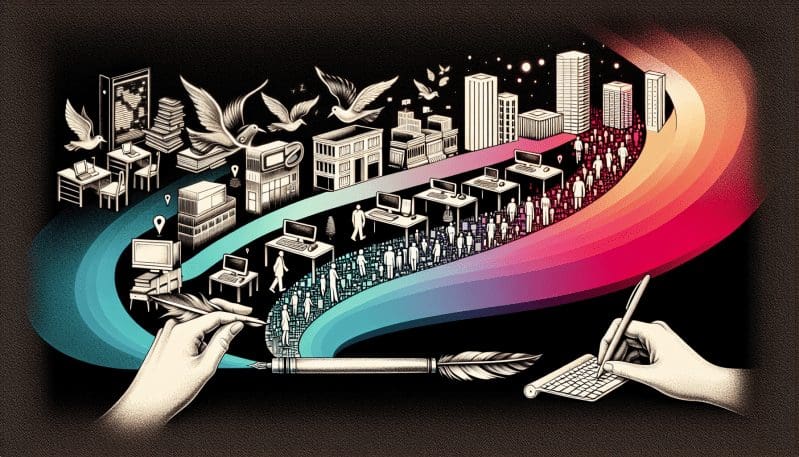In the era where digital communication reigns supreme, the landscape of employee advocacy has undergone a significant transformation. Gone are the days when workers could only rely on unions or closed-door meetings to voice their concerns. Today, the power of the internet has unleashed a new wave of activism, enabling individuals to organize, mobilize, and demand change with unprecedented speed and reach.
At the heart of this digital revolution lies the power of social media platforms. Workers are increasingly turning to Twitter, Facebook, LinkedIn, and other networks to share their experiences, highlight injustices, and call for organizational change. In New York, a city known for its vibrant workforce and diverse industries, this phenomenon has taken on unique characteristics, reflecting the city’s status as a microcosm of global employment issues.
The effectiveness of social media as a tool for employee advocacy cannot be overstated. It has democratized the process of raising awareness, allowing anyone with a story to potentially reach millions. These platforms have facilitated the rapid organization of collective actions like walkouts, strikes, and boycotts, all without the need for traditional organizational infrastructure. As a result, companies are often compelled to respond publicly, leading to policy changes and sometimes even legal reform to address the concerns raised.
Digital advocacy has shown its mettle in the court of public opinion, influencing how companies are perceived and how they operate. Take, for example, the #MeToo movement. What started as a hashtag became a global reckoning, pushing companies to revisit their sexual harassment policies and creating a more inclusive environment for all employees.
In New York, with its multitude of industries from finance to fashion, we’ve witnessed how employee-driven campaigns have led to significant outcomes. A case in point is the fight for a $15 minimum wage, which gained traction online and resulted in legislative success. Similarly, the gig economy workers, armed with digital tools, have been able to push for better working conditions and recognition as employees rather than independent contractors.
For workers in New York and beyond looking to leverage technology for their rights, a strategic framework is essential. First, understand the digital landscape and the platforms most frequented by your intended audience. Craft your message to resonate with both your peers and the general public. Use storytelling to humanize your advocacy efforts—real stories have the power to move hearts and minds. Cultivate a network of allies online, including influencers and organizations that can amplify your voice. Lastly, always be prepared for the long haul—enduring change takes time and sustained effort.
The digital age has indeed rewritten the script for employee advocacy. As we continue to navigate the complexities of the modern workplace, technology stands as a beacon of hope, a tool that, when wielded with skill and determination, can uphold the rights of workers and create a fair and just work environment for all.
As we forge ahead, The Work Times remains committed to chronicling this ongoing evolution, ensuring that the voices of the workforce are heard and that the digital age continues to empower, rather than impede, the pursuit of employee rights and justice.

























